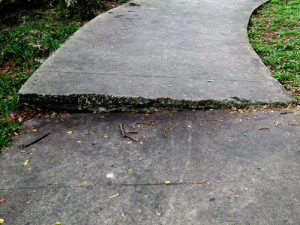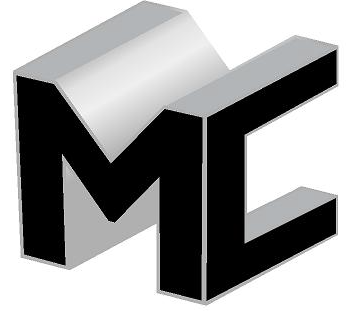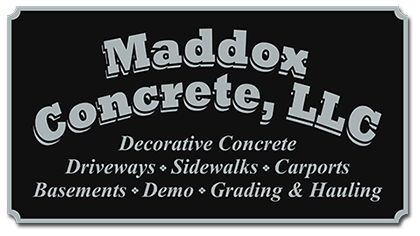 Maintaining and Preventing Future Concrete Damage
Maintaining and Preventing Future Concrete Damage
Concrete is one of the most commonly used construction materials in the world. It’s a durable and long-lasting material that can withstand heavy loads and weather conditions. However, even concrete is susceptible to damage and deterioration over time. Maintenance and prevention of concrete damage are essential to ensure the longevity and safety of any concrete structure. In this blog post, we’ll discuss some tips on how to maintain and prevent future damage to concrete.
1. Regular Cleaning
Regular cleaning of concrete surfaces is essential to prevent dirt and debris from accumulating and causing damage. Dirt and debris can create small cracks in concrete that can worsen over time and lead to bigger problems. It’s best to use a high-pressure washer or a brush and soap to clean the surface. It’s important to note that harsh chemicals and high-pressure cleaning can damage the surface, so it’s best to consult a concrete professional before cleaning.
2. Sealing
Sealing your concrete surfaces is an effective way to prevent water and other harmful substances from penetrating the surface. Water can cause concrete to expand and contract due to temperature changes, which can create cracks and weaken the concrete structure. Sealing the surface can help to prevent water damage and prolong the life of your concrete structure.
3. Repair Cracks
If you notice any cracks in your concrete surface, it’s important to repair them as soon as possible. Small cracks can become larger over time, leading to more damage and potential safety hazards. You can use a concrete patching compound to repair small cracks. For larger cracks or structural damage, it’s best to consult with a professional concrete repair specialist.
4. Use Appropriate Deicers
Deicers are used to melt snow and ice on concrete surfaces. However, some deicers can damage the surface and cause more harm than good. Deicers that contain calcium chloride or rock salt can cause pitting and spalling in concrete. It’s best to use deicers that are labeled as safe for concrete surfaces, such as magnesium chloride or potassium acetate.
5. Avoid Heavy Loads
Concrete is known for its strength and durability, but it’s not indestructible. Heavy loads can cause damage to the surface and potentially lead to structural damage over time. Avoid placing heavy equipment or machinery on concrete surfaces whenever possible. If heavy loads are necessary, it’s best to consult with a professional to ensure the safety and longevity of the concrete structure.
6. Proper Drainage
Improper drainage can cause water to pool on concrete surfaces, leading to potential damage and deterioration over time. It’s important to ensure that your concrete structure has proper drainage systems in place to prevent water buildup. If you notice standing water on your concrete surface, it’s best to consult with a professional to investigate and fix any drainage issues.
7. Regular Inspections
Regular inspections of your concrete structure are essential to catch any potential issues before they become bigger problems. Inspect the surface for any cracks, shifting, or other signs of damage. It’s best to consult with a professional to perform a thorough inspection and suggest any necessary repairs or maintenance.
Final Thoughts
Maintaining and preventing future damage to concrete structures is essential to ensure their longevity and safety. Regular cleaning, sealing, repairing cracks, using appropriate deicers, avoiding heavy loads, proper drainage, and regular inspections are all essential aspects of concrete maintenance and prevention. Consulting with a professional concrete repair specialist can help to identify any potential issues and provide the best solutions for repair and maintenance.

